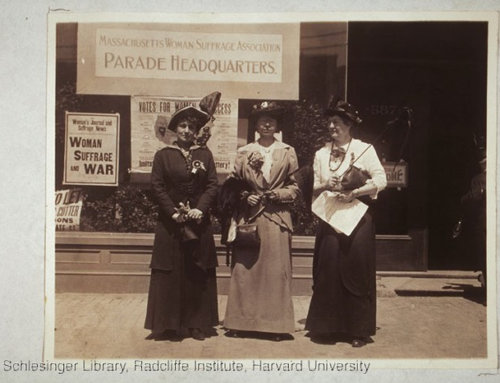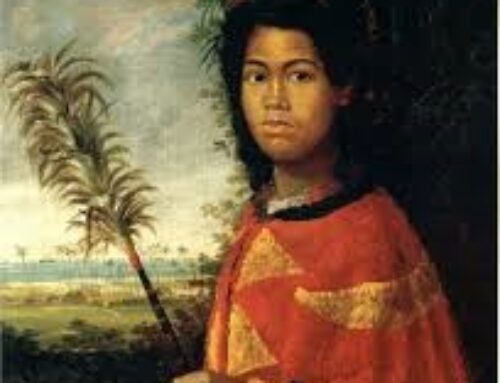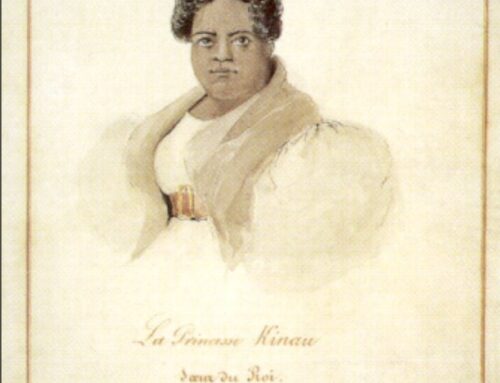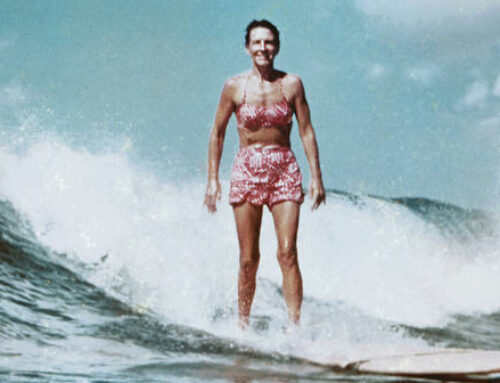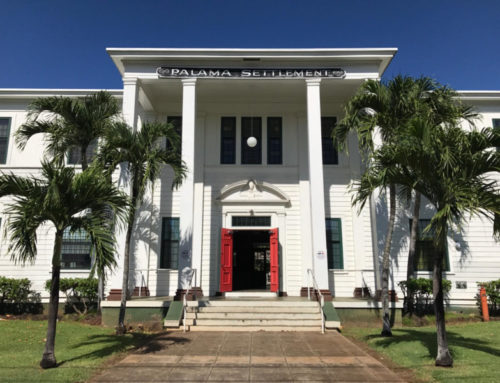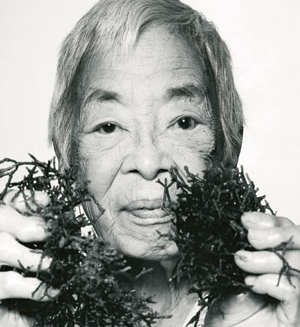
Isabella Kauakea Yau Yung Aiona was born on June 20th, 1919 in Hāna, Maui. Abbott’s Hawaiian name means “white rain of Hāna”, a tribute to the “special way the rain comes in from the ocean there as sort of a white mist”.* Also known an Izzie, she was the daughter of a native Hawaiian mother and Chinese father who had immigrated to Hawai‘i to work on the Kipahulu Sugar Plantation.
In her youth, Abbott spent much of her time gathering some of the 70 species of edible seaweed by the shores with her mother. Her mother also taught her the traditional Hawai’ian practices, traditions and cuisine related to limu (the name for seaweed in Hawaiian), sparking a lifetime interest in their study and Abbott’s eventual status as the world’s leading expert on them.
Abbott graduated from Kamehameha School in 1937 and attended the University of Hawai‘i graduating with a degree in botany in 1941 and a master’s degree in botany from the University of Michigan in 1942. She married fellow student Donald Putnam Abbott, a zoologist, who she met in their first day of botany class at the University of Hawai‘i.
The couple moved to Pacific Grove, California in 1950 where both pursued their doctorates with Abbott becoming the first native Hawaiian woman to earn a doctoral degree in the field of science when she received a PhD in botany from the University of California, Berkeley.
In 1960, Abbott was hired by Stanford University as a lecturer and began teaching summer courses at Stanford’s Hopkins Marine Station and publishing scientific papers while raising their only daughter, Annie Abbott. During that time, Abbott also went on to publish several books about algae of the Pacific waters of the California coast. By 1972, Abbott was promoted to full professor in the department of biology at Hopkins where she taught for the next two decades, becoming the first native Hawaiian female professor in that department, as well as the first minority full professor.
Abbott was also passionate about cooking incorporating her vast knowledge of limu into her culinary creations reflecting back to traditional uses she had learned from her mother. In 1987 her work was the subject of an article in Gourmet and she frequently brought dishes that used various seaweeds as an ingredient to potlucks and picnics at Hopkins.
The couple retired in 1982 and moved back to Hawai’i, where Abbott would accept a position at the University of Hawai’i as an ethnobotanist for an additional four decades. Her passion and newly established study in ethnobotany led the University to create an undergraduate bachelors program in the field.
Throughout her career, Abbott discovered more than 200 species of algae, many of which are named after her, like the Abbottella or “Little Abbott”- a genus of red algae. She also published more than 50 papers, eight books and received a multitude of awards, including the Darbaker Prize (1969) and the Gilbert Morgan Smith medal (1997), the highest award in marine botany, from the National Academy of Sciences. Abbott was named a Living Treasure of Hawai’i by the Honpa Hongwanji Mission of Hawaii in 2005 and in 2008 received a lifetime achievement award from the Hawaii Department of Land and Natural Resources for her studies of coral reefs.
Abbott, often referred to as the “First Lady of Limu”, was offered the opportunity to name the National Oceanographic and Atmospheric Administration (NOAA) research ship, calling it The Hi’ialakai, translated as “embracing or searching the pathways of the sea” in Hawaiian.
In 2019, “Lā‘au Hawai‘i”, the first comprehensive Hawaiian ethnobotany textbook Abbott had published in 1992, was reissued by Bishop Museum Press in celebration of her 100th birthday. The beautifully illustrated book is a blend of scientific and cultural knowledge that describes how early Hawaiians used plants to build canoes, fabricate clothing and make medicine with chapters on hula, weaponry and religion. Abbott described this work as “a Western scientist’s viewpoint of the Hawaiian way of doing things.” In a filmed interview, she elaborated: “Why is this necessary? So that Hawaiians are not put in second- or third-class status of native people who don’t know anything. Hawaiian culture is unbelievably sophisticated.”
Isabella Aiona Abbott interviewed on PBS Hawaii’s original series, “Long Story Short” with Leslie Wilcox. Original air date, June 17, 2008.
Sources:
* Isabella Aiona Abbott’s daughter, Annie Abbott Foerster, quoted in the Stanford News, December 7, 2010: https://news.stanford.edu/news/2010/december/izzie-abbott-obit-120710.html
Hana Hou Magazine, A Celebration of Women’s History and Dr. Isabella Aiona Abbott | Ho`oulu
Isabella Abbott, world-renowned Stanford algae expert, dies at 91
Dr. Isabella Aiona Abbott — + + + +
Pioneering Professor is First Lady of Limu
https://woc.aises.org/content/isabella-aiona-abbott-becoming-%e2%80%9cfirst-lady-limu%e2%80%9d
https://woc.aises.org/content/isabella-aiona-abbott-becoming-%e2%80%9cfirst-lady-limu%e2%80%9d

